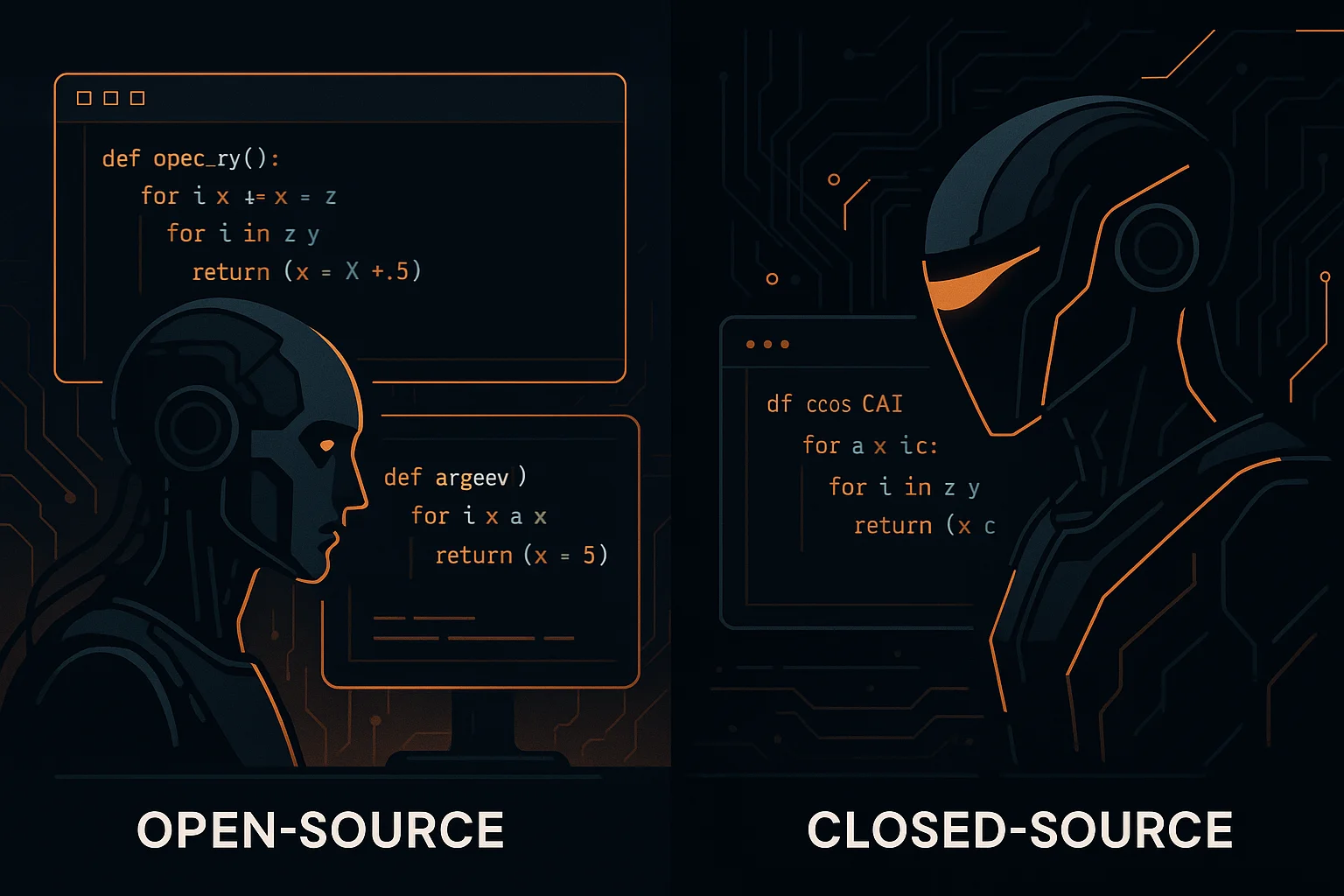AI Code Review Showdown: Claude vs GPT-4 vs Gemini in 2025

Quick answer
Claude 3.5 Sonnet delivers the highest bug-fix accuracy and context awareness, GPT‑4 Turbo excels at typed languages and rich explanations, and Gemini 1.5 Pro wins on latency and cost. Propel orchestrates all three so you can route pull requests to the model that best fits the diff without manually swapping APIs.
We ran 1,000 production pull requests from SaaS, fintech, and infrastructure teams through each model. Every review was scored on defect recall, false positives, architecture feedback, security findings, and reviewer satisfaction. Here is how the leaders stack up in 2025.
Evaluation snapshot
| Metric | Claude 3.5 Sonnet | GPT-4 Turbo | Gemini 1.5 Pro |
|---|---|---|---|
| Defect recall | 82% | 76% | 68% |
| False-positive rate | 12% | 15% | 9% |
| Latency (4K tokens) | 13 s | 9 s | 6 s |
| Approx. cost / review* | $0.41 | $0.36 | $0.18 |
*Cost model based on 2K input + 1K output tokens per review, October 2025 pricing.
Strengths by model
Claude 3.5 Sonnet
- Best at multi-file reasoning and policy compliance.
- Understands business logic with minimal prompt engineering.
- Pairs well with Propel severity tagging to stop risky merges.
GPT-4 Turbo
- Superior explanations and code examples for reviewers.
- Strong performance in Go, Java, and typed TypeScript repos.
- Supports tool-calling for test execution and linting.
Gemini 1.5 Pro
- Fastest turnaround and lowest cost per review.
- Good at performance heuristics and infra-as-code diffs.
- Works well for high-volume triage when combined with Propel’s escalation policies.
Language-specific findings
No single model dominated every stack. Split workloads by language to get the best of each.
- Python & JavaScript: Claude leads by catching async edge cases and security lapses in popular frameworks.
- Go & Rust: GPT-4 produces the most reliable concurrency and memory-safety feedback.
- Kotlin, Dart, Flutter: Gemini understands mobile UI best and ties into Firebase configs effectively.
Security & compliance verdict
GPT-4 spotted the highest proportion of injection and secrets handling issues. Claude flagged authentication and authorization gaps better than the rest. Gemini excelled at IaC misconfigs. Propel routes high-severity findings from all models into merge-blocking policies and exports an audit trail auditors can trust.
Cost and scaling considerations
Latency and rate limits matter when you run dozens of concurrent reviews. We recommend:
- Use Gemini for the first pass to triage high-risk diffs quickly.
- Escalate complex or customer-facing PRs to Claude via Propel’s routing rules for deeper analysis.
- Leverage GPT-4 for typed services where detailed remediation guidance is needed.
- Track spend per repo; Propel’s dashboards show review cost versus bugs prevented.
FAQ: picking the right code review model
Do we have to commit to one model for every pull request?
No. Propel lets you route by repository, language, or diff size. Many teams run Gemini for volume and escalate high-risk changes to Claude automatically.
How do we keep costs predictable while experimenting?
Set per-PR token budgets and fall back to cheaper models when the primary model hits rate limits. Propel enforces these guardrails and surfaces monthly spend reports.
Can we fine-tune these models on our codebase?
Direct fine-tuning is limited, but you can feed architecture docs, coding standards, and representative diffs into Propel’s context engine. The platform reuses that context across all model calls.
How do we measure success after adoption?
Track review cycle time, defect escape rate, and percentage of AI findings accepted. Propel centralises these metrics so you can compare models and justify budget.
Ready to Transform Your Code Review Process?
See how Propel's AI-powered code review helps engineering teams ship better code faster with intelligent analysis and actionable feedback.


